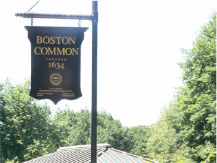
TRAGEDY OF THE COMMONS
AND SOME OTHER LAND ANALOGIES TO SPECTRUM USE
Wikipedia's explanation of "tragedy of the commons" is:
"The tragedy of the commons is a phrase used to refer to a class of phenomena that involve a conflict for resources between individual interests and the common good. The term derives originally from a parable published by William Forster Lloyd in his 1833 book on population. It was then popularized and extended by Garrett Hardin in his 1968 Science essay 'The Tragedy of the Commons'."
Many people feel that this concept applies automatically to any and all unlicensed use of spectrum. This page explores examples of actual use of commons. It also points out that other industrialized countries have very different approaches to land ownership that US common law.
Ironically, Hardin wrote in the 1990s
"The title of my 1968 paper should have been 'The Tragedy of the Unmanaged Commons' . . . Clearly the background of the resources discussed by Lloyd (and later by myself) was one of non-management of the commons under conditions of scarcity."
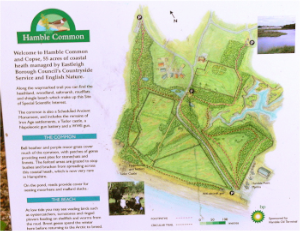
In July 2006 I went on a sailing cruise from Hamble, (old) Hampshire, near Southampton. Arriving early, I wandered around the town -- which was conveniently having a festival. Walking around, I discovered Hamble Common!
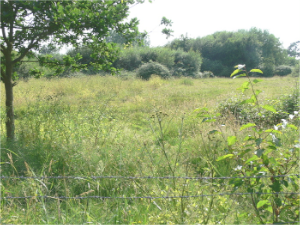

A field in Hamble Common. Any sign of overgrazing?
Do these Hamble Common cattle look unhappy?
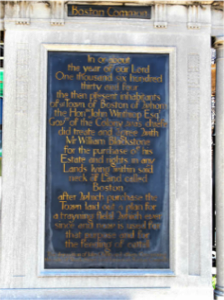
Back to my home town, The "City on a Hill", the "Hub of the Universe". "Since 1634"
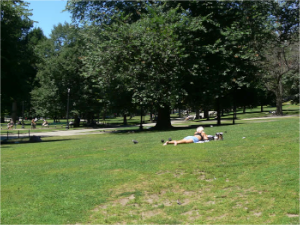
Allemansrätten
Allemansrätten is the Swedish word for what is more generally called "right of public access to the wilderness" or the right of innocent passage on private property.
The US common law approach to private land ownership is that the owner has the right to exclude all access by others in the absence of an easement. Most spectrum licensees expect similar rights, although the legal basis is unclear. (Licensees who purchased their licenses at FCC auctions prefer to ignore that the low power unlicensed provisions of 47 CFR 15.209 were adopted in 1989, several years before the first spectrum auction in the US.)
Scandinavian countries and Scotland for hundreds of years have allowed certain public access to private land on the condition that it does not damage private property or disturb the immediate area surrounding a residence. In the UK outside of Scotland, the Countryside and Rights of Way Act 2000 creates similar rights that are now being phased in.
References:
Common sense and the right of Public Access (Sweden)
Everyman's right in Finland
Countryside Agency (UK)

